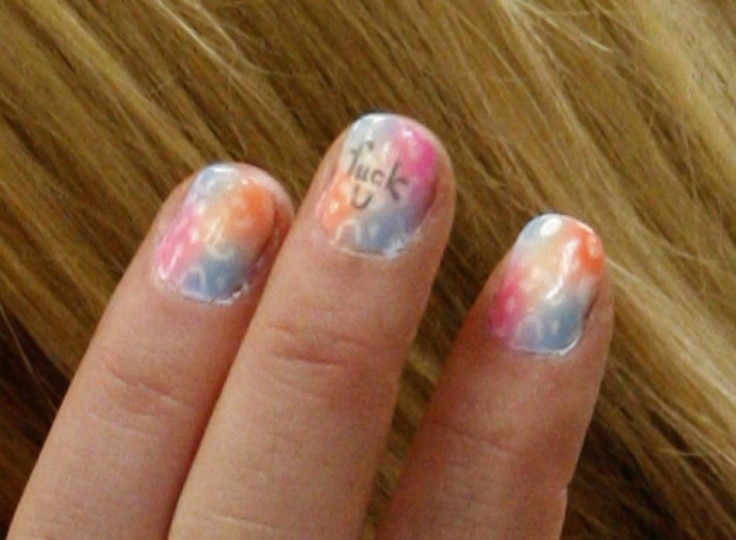Crossing Fingers Can Reduce Feelings Of Pain

A new study by UCL analysed the effect of crossing fingers on what one would feel on a single finger crossed. The study aimed at looking into the feeling and source of pain. A well established pain experiment, called “thermal grill illusion,” was conducted for the study but the researchers created a slight variation to the method.
The experiment creates a pattern of warm-cold-warm temperatures on the index middle and ring finger, respectively, the press release states. The resulting feeling, however, is an experience of burning, painful sensation in the middle finger which is actually exposed to cold temperatures. Angela Marotta, co-lead author from the UCL Institute of Cognitive Neuroscience, stated that the experiment is very important in understanding pain as well as in activating the brain’s pain systems. Though there is a feeling of pain, Marotta states that it does not damage any tissue. It is merely a perception created by the brain.
The press release throws light on the reason behind this differential experience of pain. It states that the signals of heat sensations sent from the index and ring finger block the cold temperature signal sent by the middle finger. Cold inhibits the feeling of pain, and blocking that signal only causes an enhancement in the pain felt, explained Dr. Elisa Ferrè, co-lead author from UCL Institute of Cognitive Neuroscience. This is not only because of the functioning of the nerve signals but also because of the “spatial arrangement of the fingers,” the release stated.
It was seen that when the middle finger was crossed over the index finger, the burning sensation was considerably reduced. When cold temperature was applied on the index and the other two were exposed to warm temperatures in the same position, however, the middle finger experienced a greater sensation of burning.
"Our results showed that a simple spatial pattern determined the burning heat sensation," says Dr. Ferrè. “The brain seemed to use the spatial arrangement of all three stimuli to produce the burning heat sensation on just one finger."
Professor Patrick Haggard, the lead author and an expert from the same institution, states that the study sheds light on the important fact that pain levels can be manipulated by applying additional stimuli and changing the spatial patterns of interacting input.
For questions/comments regarding the article, you may email the writer at samrichardson.ibtimes@gmail.com.




















